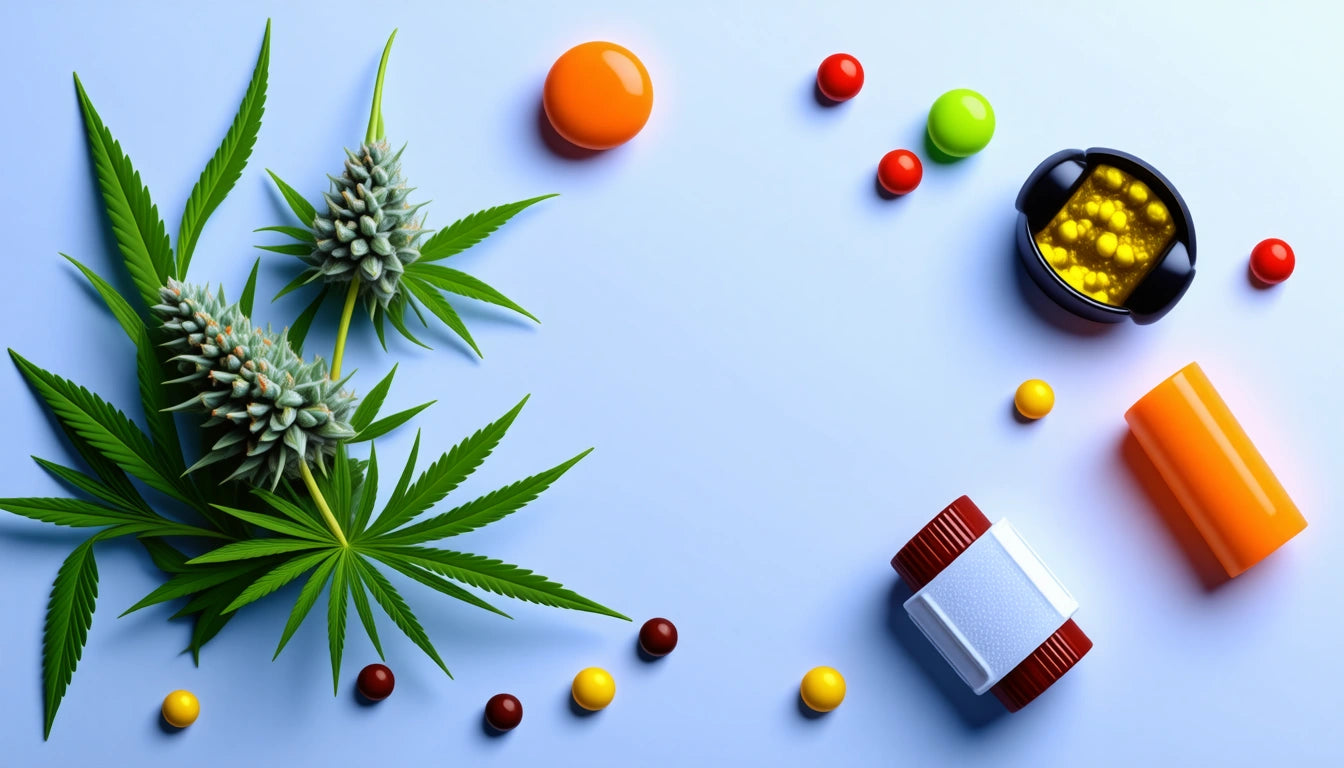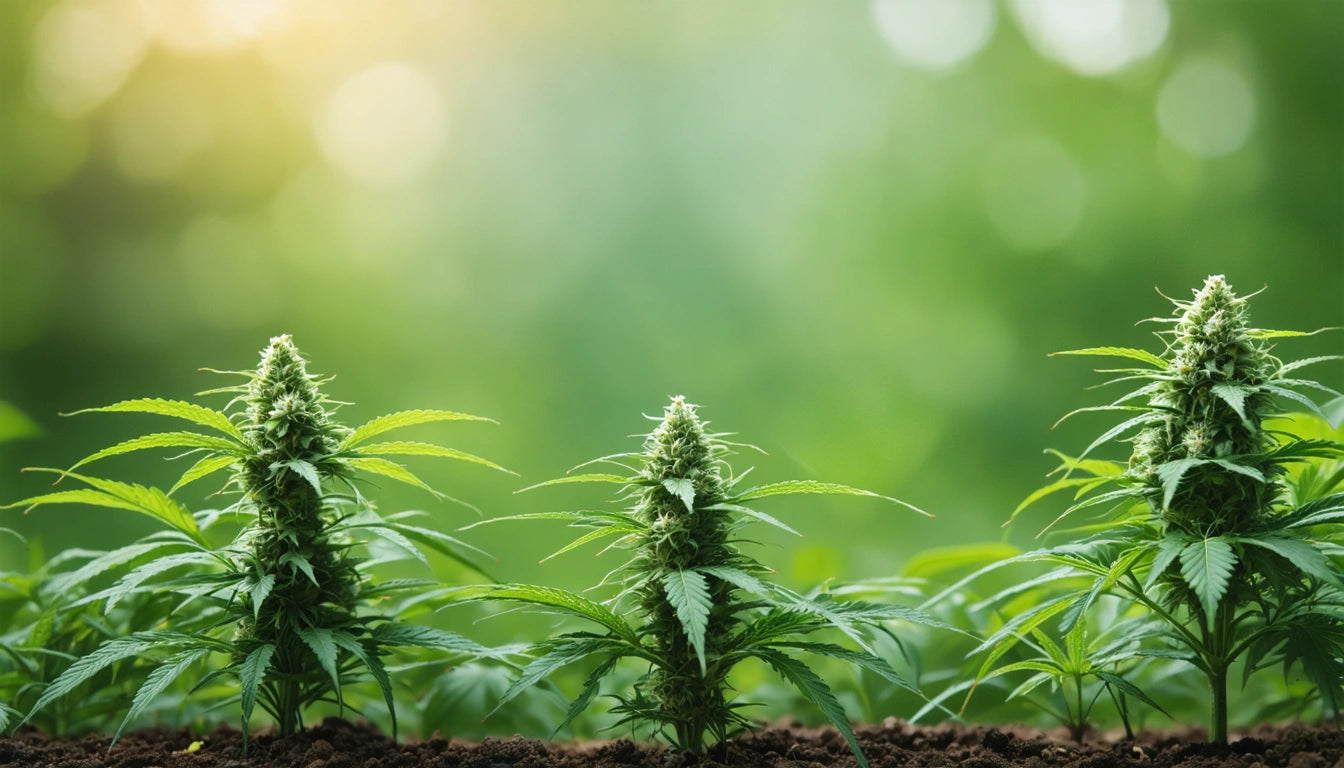Table of Contents
- Understanding Sprayed Weed: What It Is and Why It Matters
- Visual Indicators of Sprayed or Fake Cannabis
- Smell and Taste Tests for Identifying Contaminated Cannabis
- Physical Effects That Signal Contaminated Cannabis
- Testing Methods to Verify Cannabis Purity
- Purchasing Safely: How to Avoid Sprayed Cannabis
How to Identify Sprayed or Fake Weed: Tips and Signs to Watch For
Cannabis consumers face increasing risks from sprayed or fake weed products entering both legal and illicit markets. Learning how to tell if weed is sprayed with harmful additives is crucial for protecting your health and ensuring you receive the experience and benefits you expect. This guide provides practical methods to identify potentially dangerous cannabis products before consumption.
Understanding Sprayed Weed: What It Is and Why It Matters
Sprayed or fake weed refers to cannabis flower that has been treated with synthetic compounds, artificial terpenes, pesticides, or other substances to enhance appearance, potency, or flavor. According to cannabis industry experts, these additives can include synthetic cannabinoids, artificial flavoring agents, and even glass microbeads to simulate trichomes.
The health risks associated with consuming sprayed cannabis can be severe, including respiratory issues, headaches, nausea, and in extreme cases, hospitalization. This makes knowing how to identify contaminated products essential for all cannabis users.
Visual Indicators of Sprayed or Fake Cannabis
Unusual Appearance
When examining cannabis to determine if it's sprayed or fake, look for these visual cues:
- Unnaturally vibrant colors or color patterns that appear too uniform
- Excessive shininess or crystalline appearance that seems artificial
- White powdery coating that doesn't resemble natural trichomes
- Unusual texture, such as excessive stickiness or a chemical residue
- Perfect-looking buds with no variation or natural imperfections
Natural cannabis should have varying colors, with trichomes that appear as tiny mushroom-shaped glands rather than a uniform crystalline coating. Learning how to identify quality weed will help you spot these differences.
Smell and Taste Tests for Identifying Contaminated Cannabis
Your senses of smell and taste can be powerful tools in determining how to know if weed is sprayed with artificial substances.
Aroma Assessment
Natural cannabis has complex, earthy aromas with notes that might include citrus, pine, diesel, or floral scents depending on the strain's terpene profile. If your cannabis smells like:
- Chemicals, ammonia, or cleaning products
- Artificially sweet, like candy or perfume
- Unusually intense or one-dimensional
These could be signs that the product has been sprayed with synthetic terpenes or other chemicals. Legitimate cannabis should never smell like chemicals or have an overwhelming artificial aroma.
Highlight: Never consume cannabis that has a chemical smell, unusual appearance, or causes immediate throat irritation. These are strong indicators of contamination that could pose serious health risks.
Taste Evaluation
If you've determined the appearance and smell seem acceptable, the taste can provide additional clues:
- Chemical aftertaste or metallic flavor
- Numbing sensation beyond normal cannabis effects
- Extremely harsh smoke that causes immediate throat irritation
- Unusually sweet or flavored taste that doesn't match the strain's profile
Physical Effects That Signal Contaminated Cannabis
How can you tell if weed is sprayed after consumption? Pay attention to these warning signs:
- Immediate headache or dizziness
- Nausea or vomiting not typical with your usual cannabis use
- Extreme anxiety, paranoia, or hallucinations
- Rapid heart rate beyond normal cannabis effects
- Difficulty breathing or chest tightness
- Seizures or loss of consciousness (seek immediate medical attention)
These symptoms could indicate that you've consumed cannabis laced with harmful substances. If you experience any severe reactions, seek medical help immediately.
Testing Methods to Verify Cannabis Purity
For those wanting more definitive answers about how to tell if weed has been sprayed, several testing options exist:
At-Home Testing
Simple tests you can perform include:
- The ash test: Clean cannabis should burn to a white or light gray ash. Dark, black ash or ash that sizzles may indicate contaminants.
- Water test: Place a small bud in water. Natural trichomes won't dissolve or create unusual colors in the water.
- Magnification: Using a jeweler's loupe or digital microscope to examine trichomes can help identify artificial additives.
Professional Testing
For conclusive results, consider professional cannabis testing. Many regions with legal cannabis markets have laboratories that offer testing services to identify:
- Pesticide residues
- Heavy metals
- Synthetic cannabinoids
- Mold and bacteria
- Other contaminants
These tests provide the most reliable way to determine if cannabis has been adulterated with harmful substances.
Purchasing Safely: How to Avoid Sprayed Cannabis
Prevention is always better than detection. To minimize your risk of encountering sprayed or fake weed:
- Purchase from licensed, reputable dispensaries when possible
- Ask for certificates of analysis (COAs) for products you buy
- Research brands and their reputation for quality and safety
- Be wary of products with unusually low prices
- Examine packaging for proper labeling and safety information
Proper packaging plays a crucial role in cannabis safety. As noted in safety guidelines for consumer products, appropriate packaging helps maintain product integrity while preventing contamination and ensuring that harmful substances don't fall into the wrong hands.
The legal cannabis industry continues to develop better standards for identifying pesticides and other contaminants in cannabis products, making regulated markets increasingly safer for consumers.
Staying Informed and Vigilant: Your Best Protection
The most effective way to protect yourself from sprayed or fake weed is to stay educated and vigilant. Cannabis consumers should:
- Stay updated on common contaminants in your region
- Join cannabis communities where information about dangerous products is shared
- Trust your senses and instincts when examining cannabis
- Report suspicious products to appropriate authorities or dispensary management
- Advocate for stronger testing and labeling requirements in your area
By developing your ability to identify quality cannabis and recognize the signs of contaminated products, you'll significantly reduce your risk of exposure to harmful substances. Remember that legitimate cannabis businesses prioritize consumer safety and transparency, while those selling adulterated products typically avoid scrutiny and questions about their processes and sourcing.











Leave a comment
All comments are moderated before being published.
This site is protected by hCaptcha and the hCaptcha Privacy Policy and Terms of Service apply.